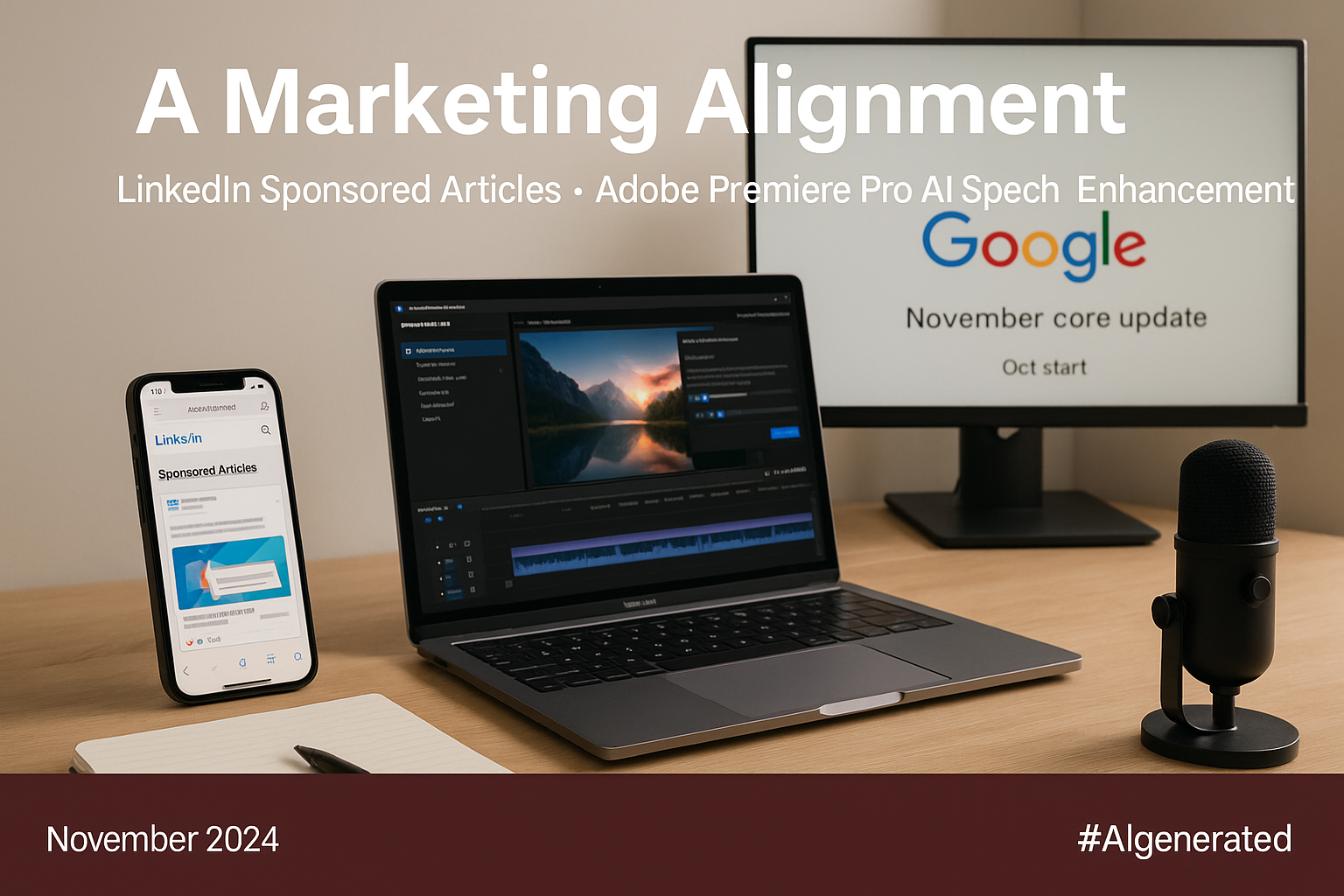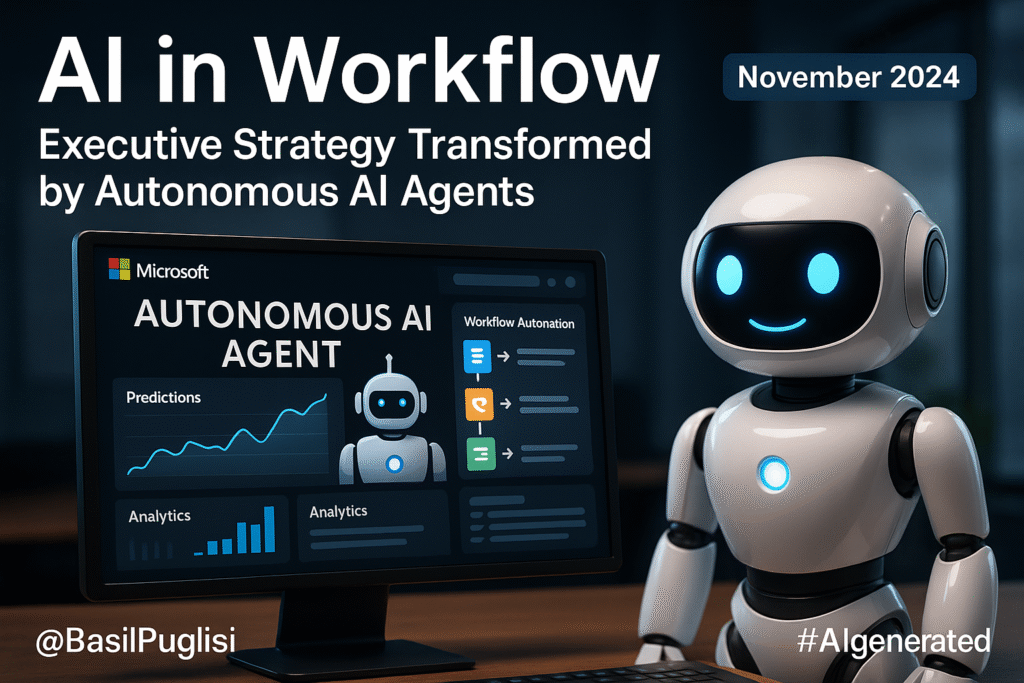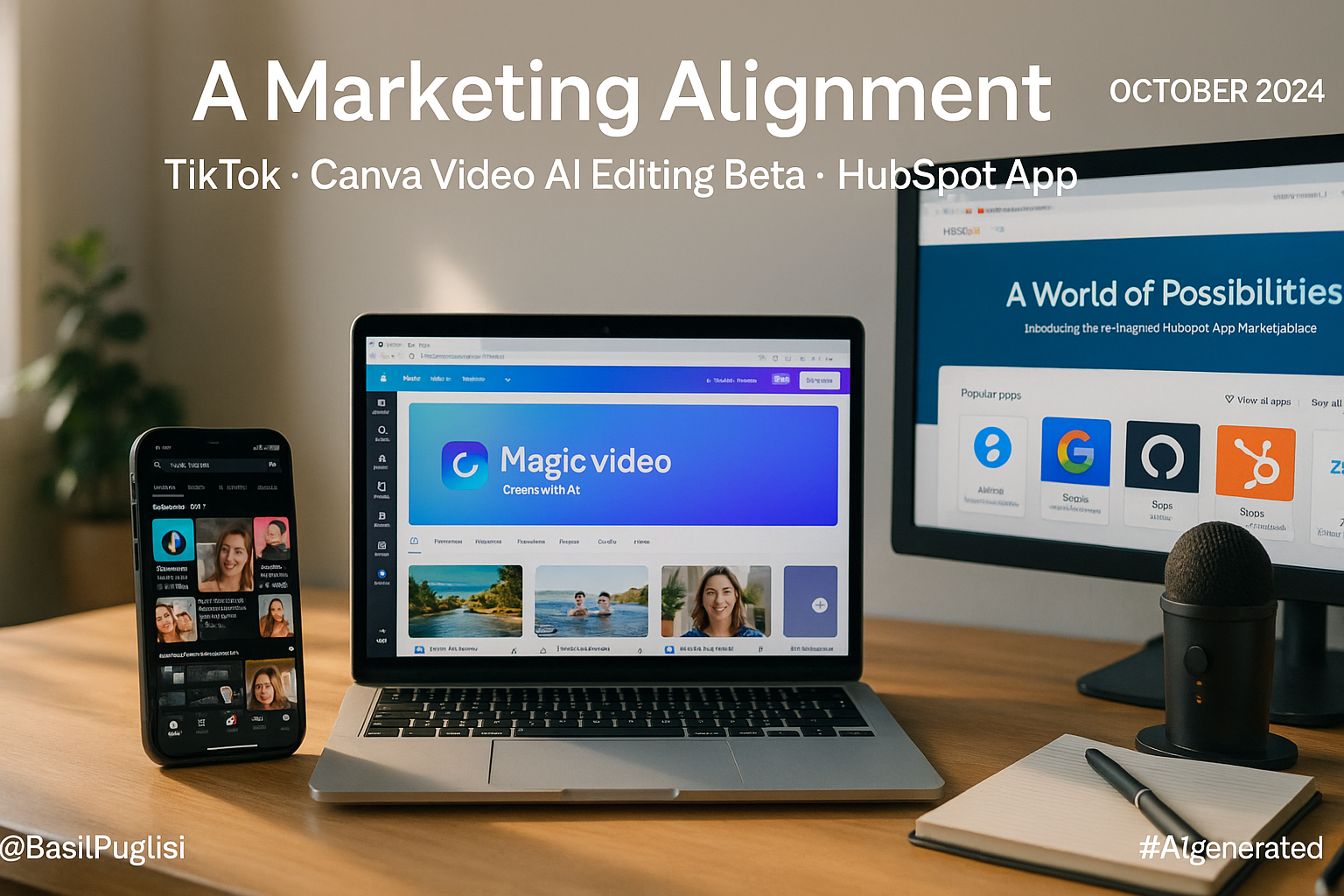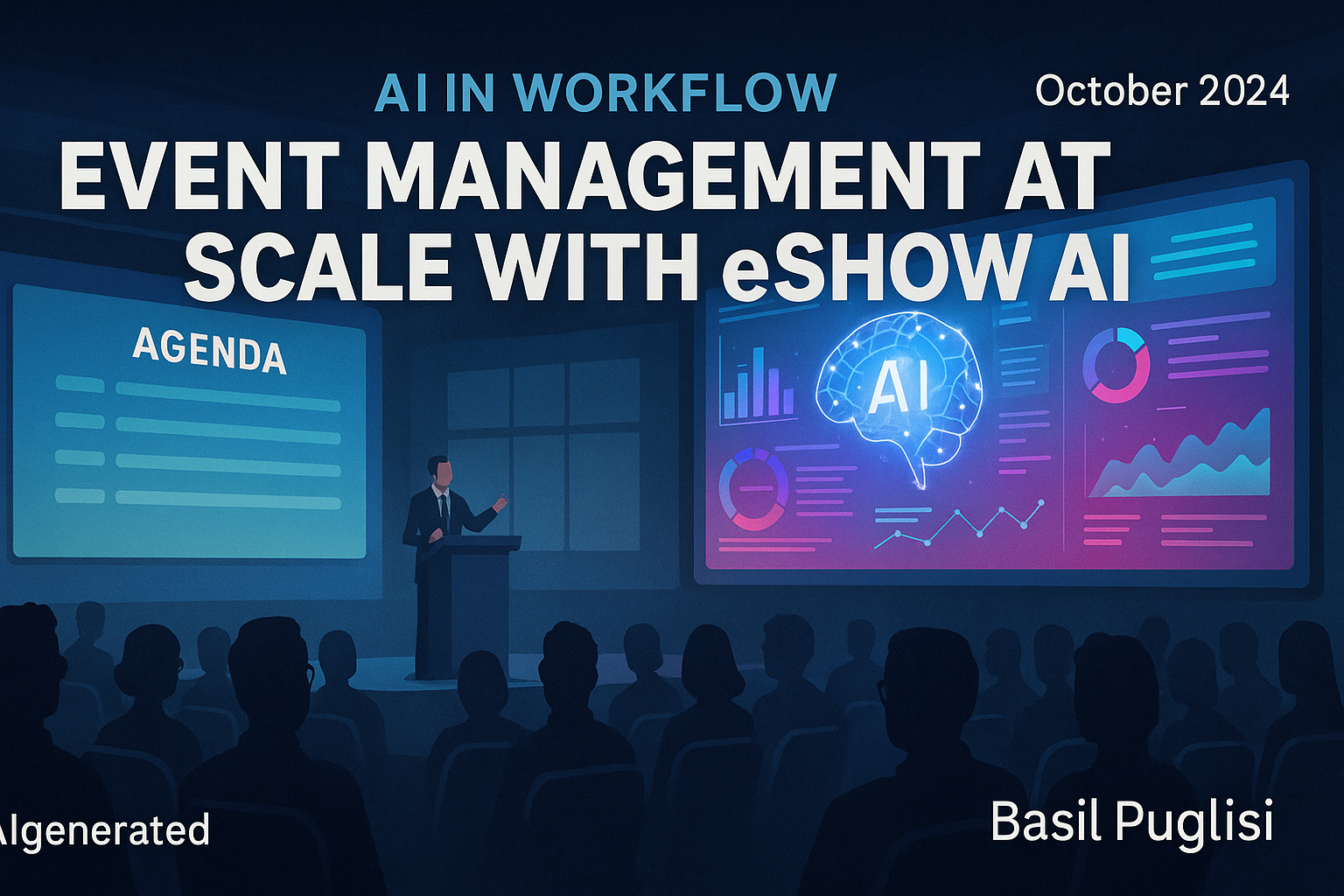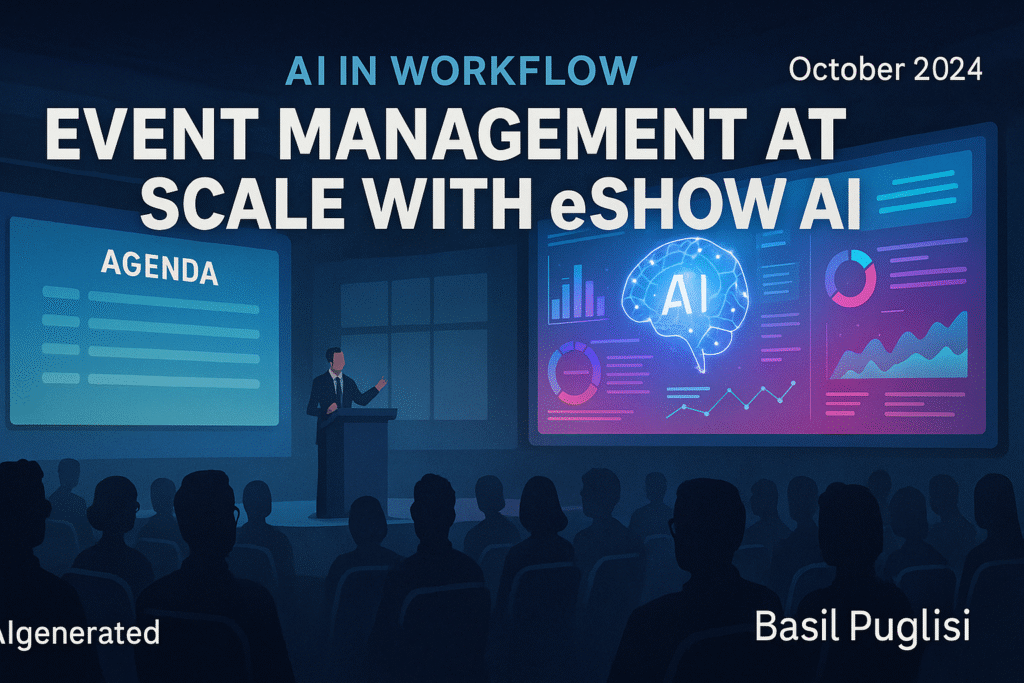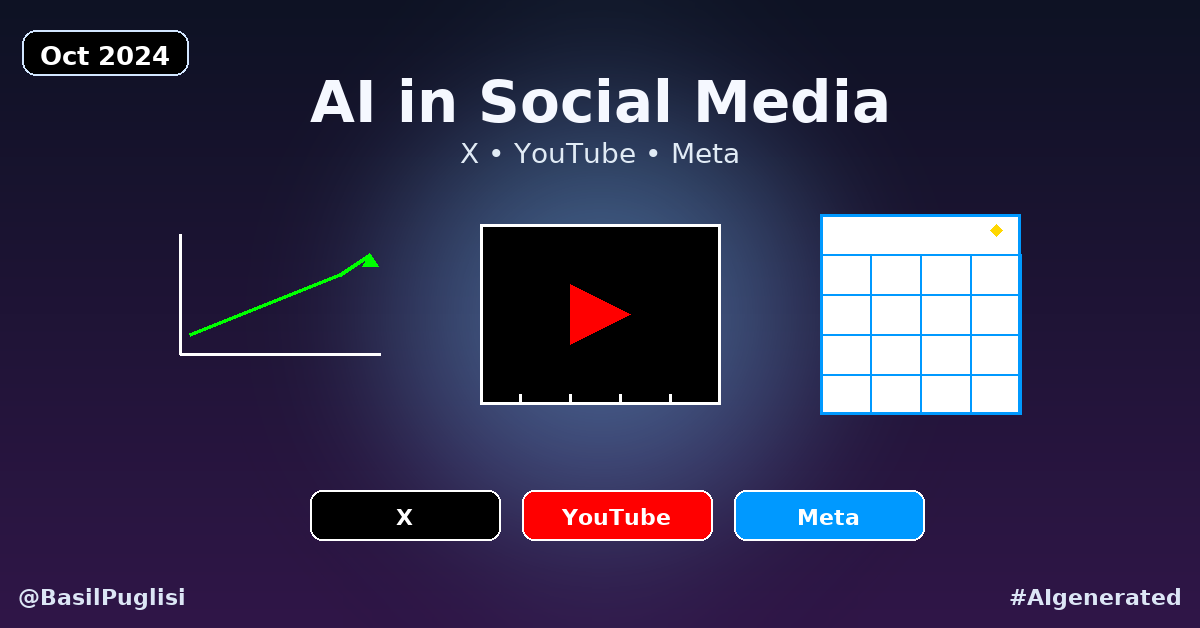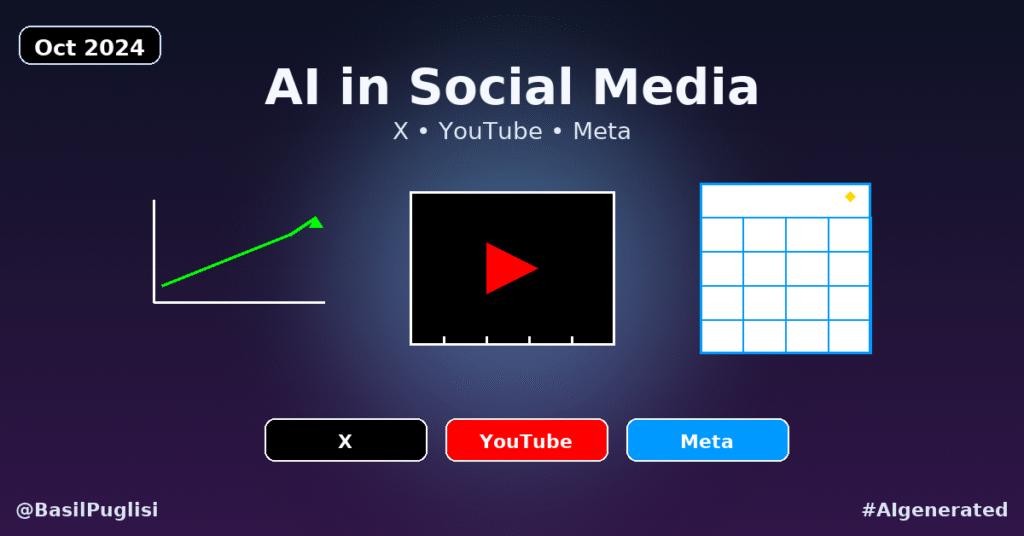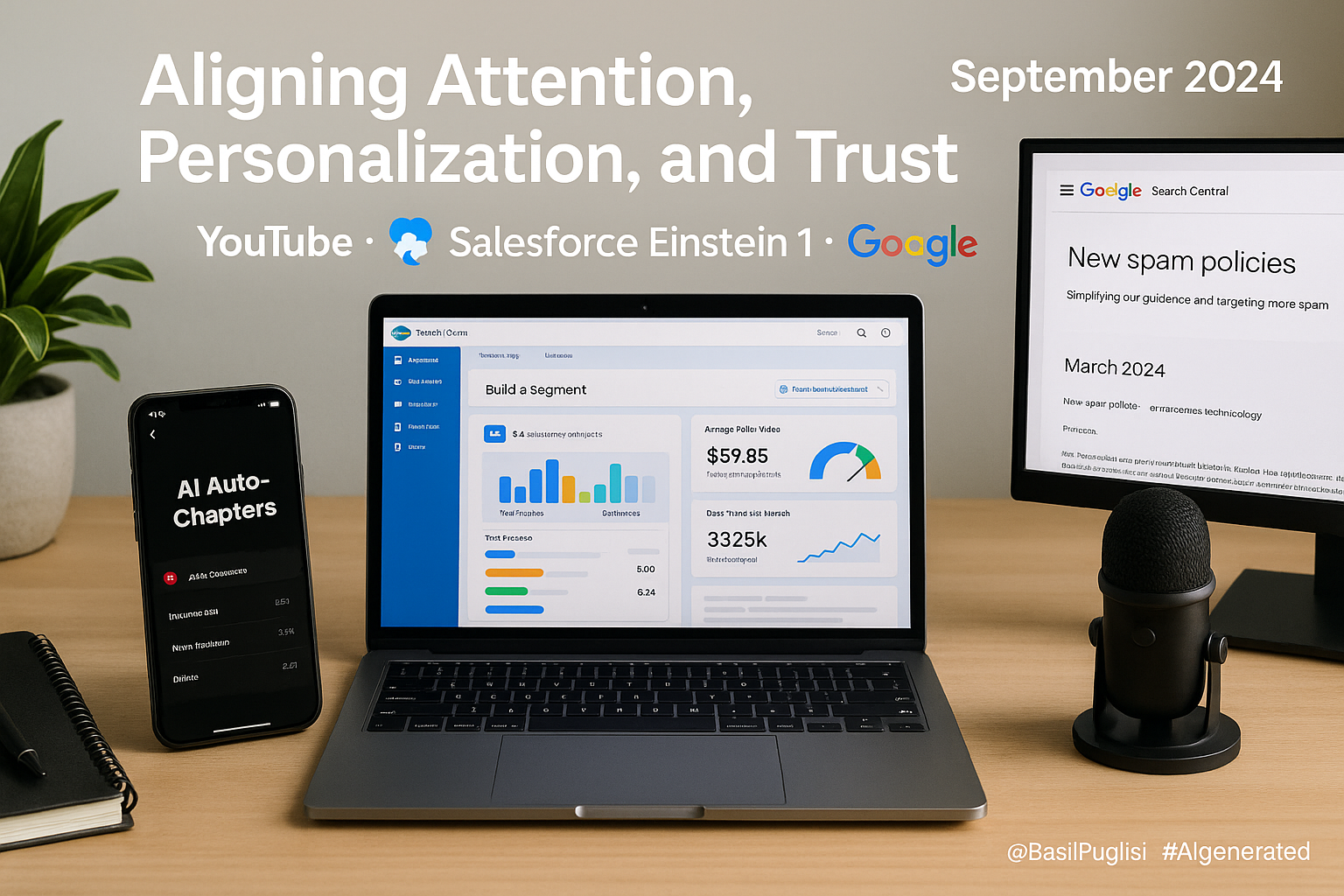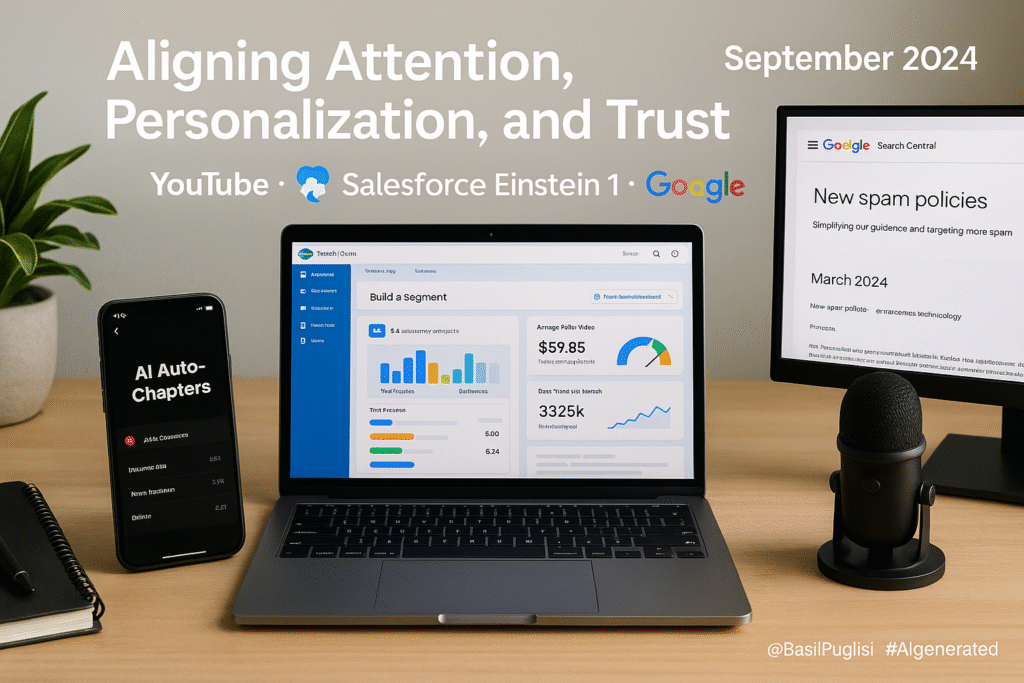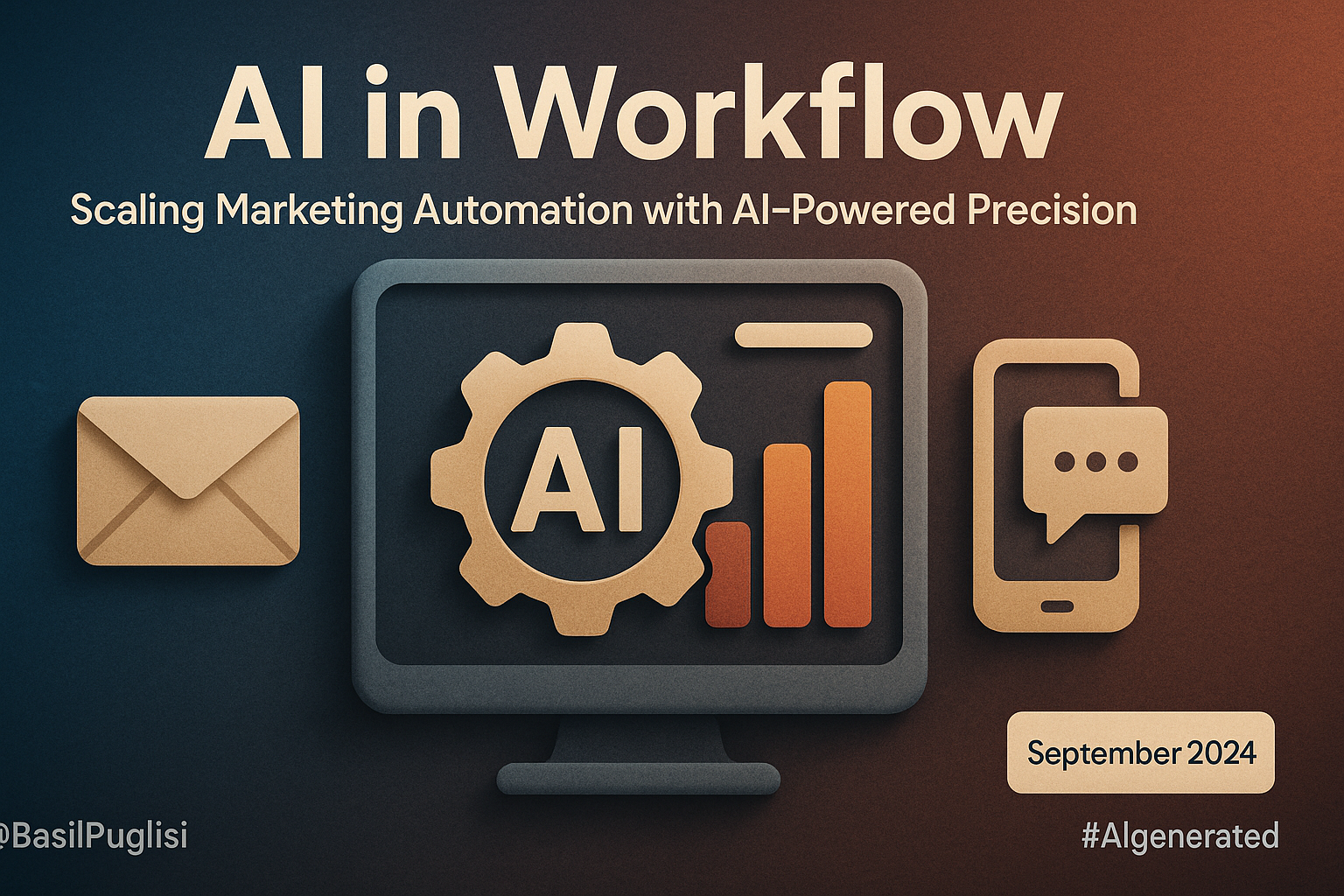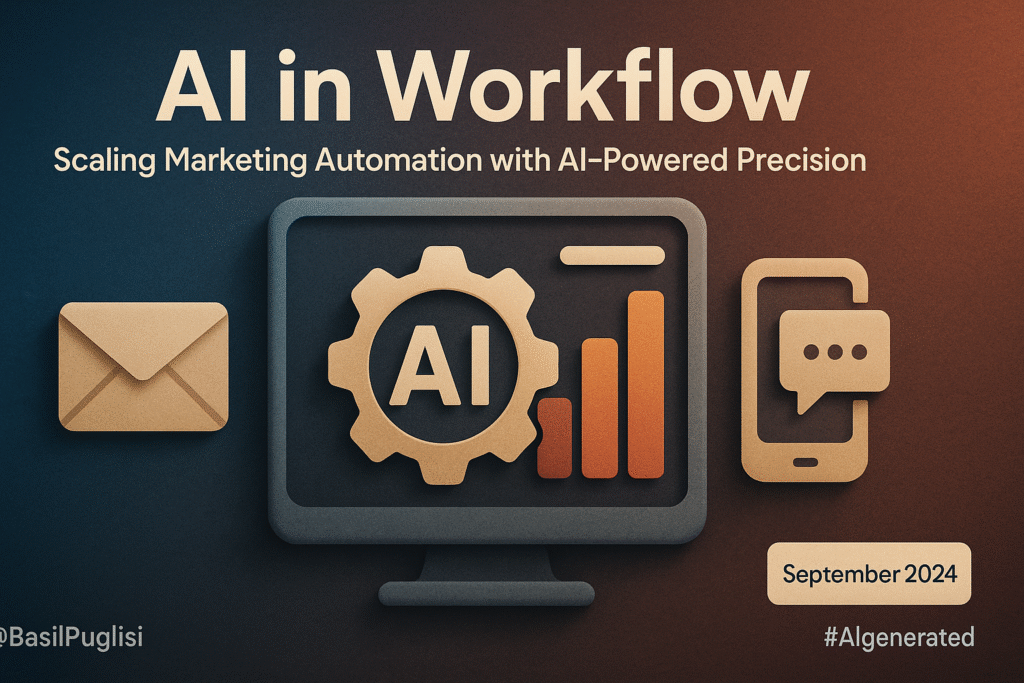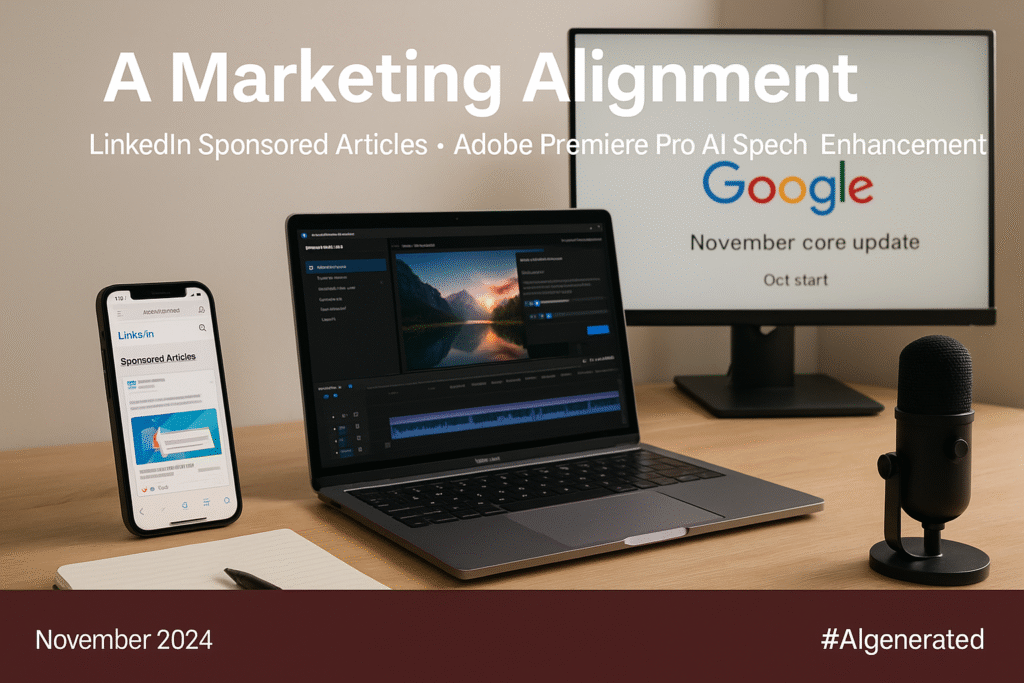
LinkedIn continues to evolve as a content platform, Adobe brings AI precision into video editing workflows, and Google shakes up the search landscape with another core update. Together, these shifts redefine how content is created, distributed, and discovered in real time. For marketers and communicators, the alignment matters because it directly connects storytelling, technical delivery, and audience trust into one continuous cycle. The value shows up in measurable terms like higher quality leads, shorter campaign production cycles, improved organic visibility, and stronger click through rates.
LinkedIn now extends its credibility as the professional network of record by giving marketers access to Sponsored Articles. Unlike quick ads or promoted posts, Sponsored Articles are long form, content rich placements that appear directly in the feeds of targeted professionals. The model allows brands to scale thought leadership by embedding their insights inside the platform where business decisions are already happening. The demand for trustworthy B2B content is rising and Sponsored Articles tap that expectation by positioning companies as educators first, sellers second.
Adobe Premiere Pro strengthens its role as a production cornerstone with new AI speech enhancement features. Marketers who depend on video storytelling often lose valuable time to poor audio quality or expensive post production fixes. By automating clarity, cleaning background noise, and sharpening voices, Premiere Pro reduces editing cycles while improving viewer experience. The tool is not just about saving hours in the editing bay. It is about delivering professional grade content that holds attention, drives engagement, and elevates brand perception.
Google’s October core update, which continues into November, is another reminder that the search ecosystem is a moving target. Sites built on thin, outdated, or untrustworthy content feel the impact quickly while those investing in expertise and authority see stronger visibility. This is Google reinforcing its message that content must not only be helpful but also be credible and trustworthy. Publishers that adapt win impressions and clicks while laggards face shrinking visibility.
“Young people are using TikTok as a search engine. Here’s what they’re finding.” — The Washington Post, March 5, 2024
This reminder from earlier in the year underscores why every channel decision matters. Social platforms train expectations for immediacy and relevance. AI tools set standards for speed and personalization. Search engines define the rules of discoverability. Together, they create the operating system for digital communication. Factics in this moment highlight that sponsored articles reduce cost per lead by up to 35 percent when supported by strong creative, AI audio tools can cut production time by 30 percent, and content aligned to Google’s E E A T framework increases visibility by more than 80 percent after a recovery period. These are not abstract benefits. They are trackable outcomes tied to pipeline growth, campaign efficiency, and discoverability.
Best Practice Spotlight
Gong and LinkedIn Sponsored Content
B2B SaaS provider Gong uses LinkedIn Sponsored Content and Conversation Ads to target high intent professionals with ungated whitepapers and webinars. This campaign strategy produces a 35 percent increase in marketing qualified leads and demonstrates how precise targeting paired with value first content accelerates trust and conversions.
Healthline and Google Core Updates
Healthline undertakes a sweeping content audit guided by Google’s principles of expertise, authoritativeness, and trustworthiness. Articles are updated by medical professionals, author bios are expanded with credentials, and outdated content is removed. This proactive alignment with quality standards results in an 80 percent recovery of traffic and search visibility, reinforcing that authority driven updates deliver measurable returns.
Creative Consulting Concepts
B2B Scenario
Challenge: A mid market software firm struggles with low engagement on gated whitepapers.
Execution: Repurpose insights into LinkedIn Sponsored Articles targeting vertical specific decision makers with narrative rich content.
Expected Outcome: Generate a 25 percent increase in qualified leads while reducing cost per acquisition.
Pitfall: Overly promotional tone risks being ignored by readers seeking substance over sales pitch.
B2C Scenario
Challenge: A lifestyle brand’s video campaigns suffer from high bounce rates due to poor audio quality.
Execution: Use Adobe Premiere Pro’s AI speech enhancement to clean dialogue and improve listening experience across all product demo videos.
Expected Outcome: Increase average watch time by 20 percent and boost click through rates on shoppable video content.
Pitfall: Relying solely on automation may overlook the nuance of emotional tone in voice delivery.
Non Profit Scenario
Challenge: An advocacy organization loses visibility after Google’s core update penalizes thin resource pages.
Execution: Conduct a structured audit to enrich articles with expert quotes, add author credentials, and remove low quality content.
Expected Outcome: Regain 70 percent of search visibility within six months and raise online donations by 15 percent through improved credibility.
Pitfall: Without continuous content review the gains may erode with the next algorithm adjustment.
Closing Thought
When LinkedIn strengthens authority, Adobe improves clarity, and Google sharpens standards, the alignment shows one truth. Authority, precision, and trust are not separate workflows but one marketing rhythm that drives measurable growth.
References
Adobe. (2024, October 15). Adobe MAX 2024: New AI powered features for Premiere Pro.
Google Search Central. (2024, October 9). October 2024 core update rolling out.
LinkedIn. (2024, April 16). The B2B edge: Building a brand that drives performance.
MarketingProfs. (2024, May 29). B2B content marketing: Key benchmarks for 2024.
Search Engine Journal. (2024, October 10). Google releases October 2024 core algorithm update.
